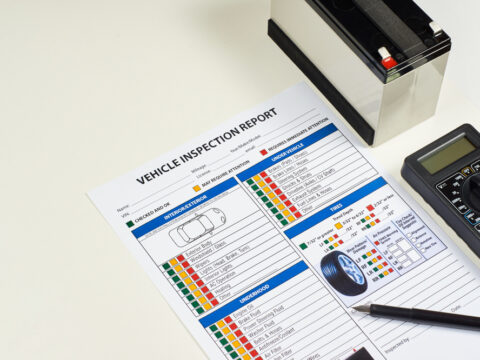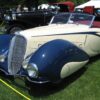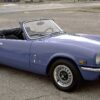Classic muscle cars have always captured the hearts of car enthusiasts with their powerful engines and iconic designs. These American legends aren’t just about speed and style; they have a rich history full of fascinating stories and surprising details. In this article, we’ll uncover 20 astonishing facts you probably didn’t know about classic muscle cars. Get ready to be amazed by the incredible tales behind these automotive icons.
Contents
The First Muscle Car
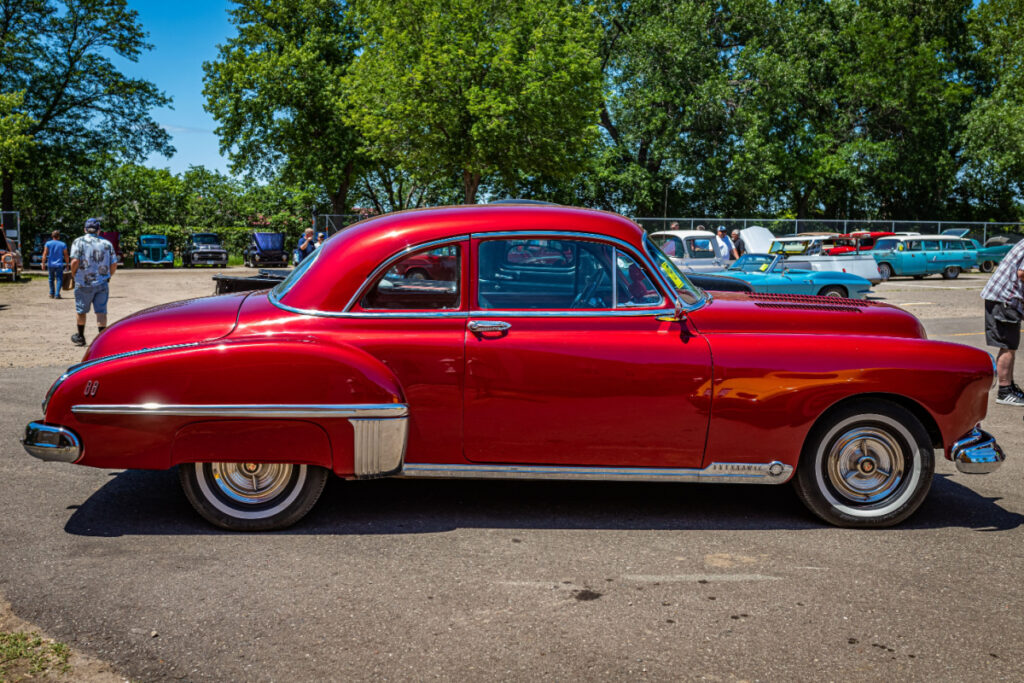
The 1949 Oldsmobile Rocket 88 is often considered the first true muscle car, thanks to its powerful V8 engine. This model combined a lightweight body with a high-compression overhead valve V8 engine, delivering unprecedented performance for its time. The Rocket 88 set the standard for future muscle cars and is a significant milestone in automotive history.
Fastest Classic Muscle Car
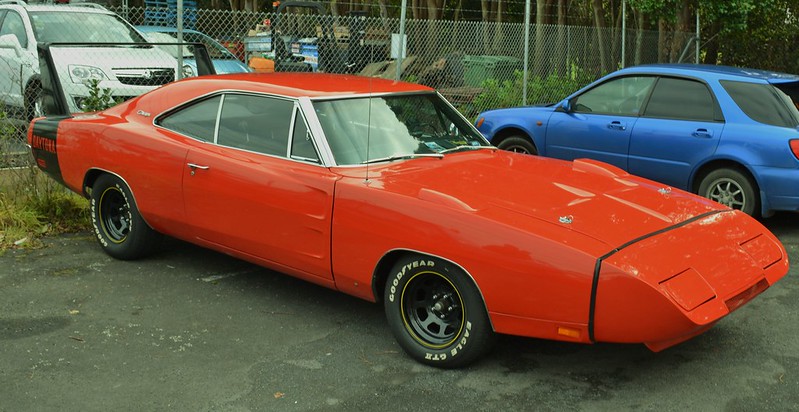
The 1969 Dodge Charger Daytona was the first car to break 200 mph on a NASCAR track. Its aerodynamic design, including a distinctive nose cone and rear wing, helped achieve this feat. Powered by a 426 Hemi V8 engine, the Daytona’s engineering breakthroughs paved the way for future high-speed racing vehicles.
Unique Hood Ornaments
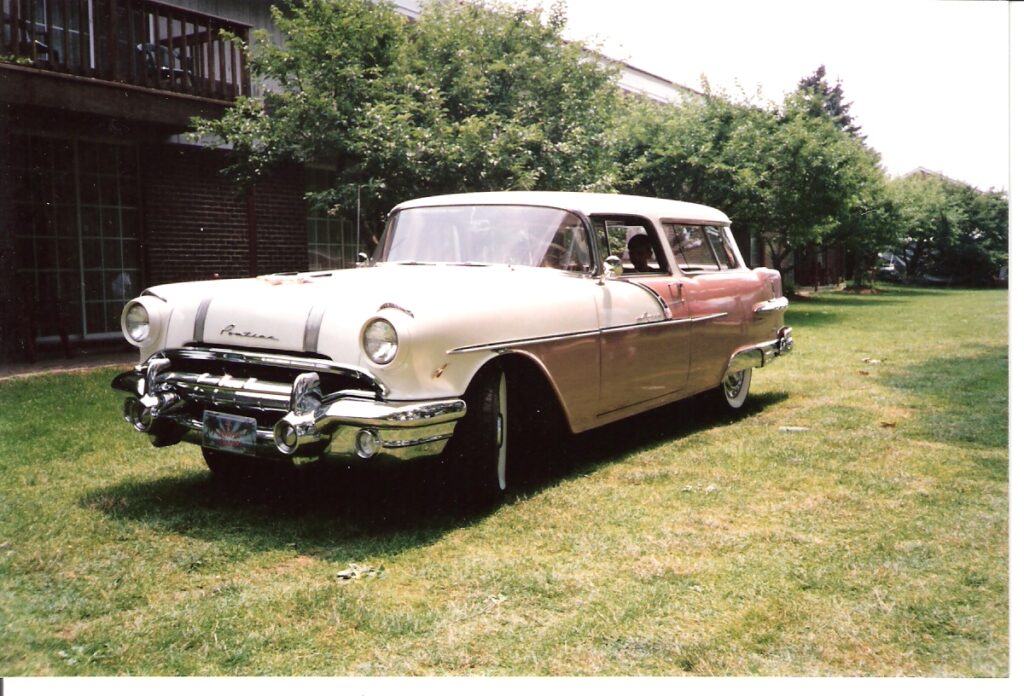
The 1956 Pontiac Star Chief featured an illuminated hood ornament that lit up when the car was turned on. This innovative design element added a touch of luxury and sophistication, making the Star Chief stand out among its peers. The illuminated hood ornament became a symbol of the era’s automotive creativity.
Rare Finds
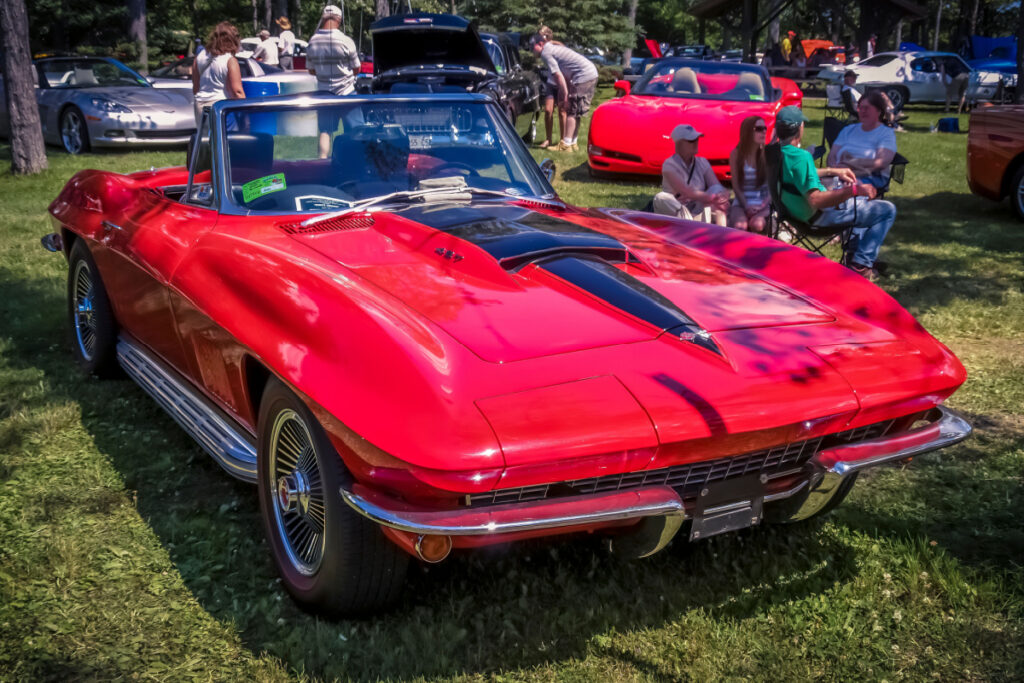
Only 20 units of the 1967 Chevrolet Corvette L88 were produced, making it one of the rarest muscle cars ever. The L88 was equipped with a 427 cubic inch V8 engine, delivering over 500 horsepower. Its rarity and performance make it highly sought after by collectors and enthusiasts.
High Cost
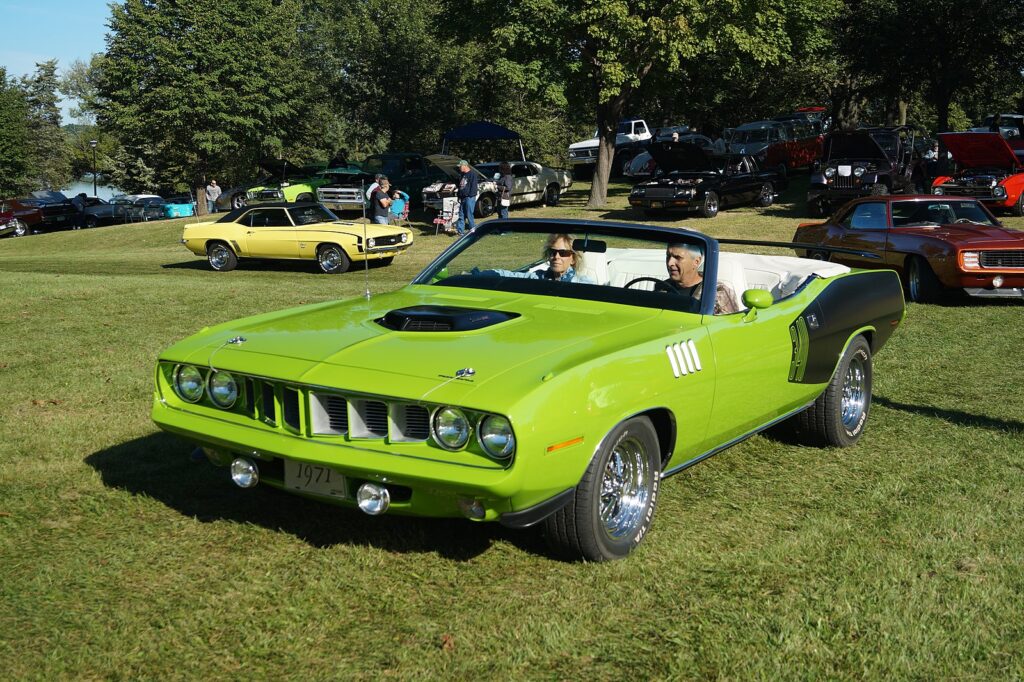
A 1971 Plymouth Hemi ‘Cuda convertible sold for $3.5 million at auction in 2014, one of the highest prices for a classic muscle car. Its value is attributed to its rarity, powerful 426 Hemi engine, and iconic design. The Hemi ‘Cuda remains a symbol of American muscle car excellence.
Innovative Design
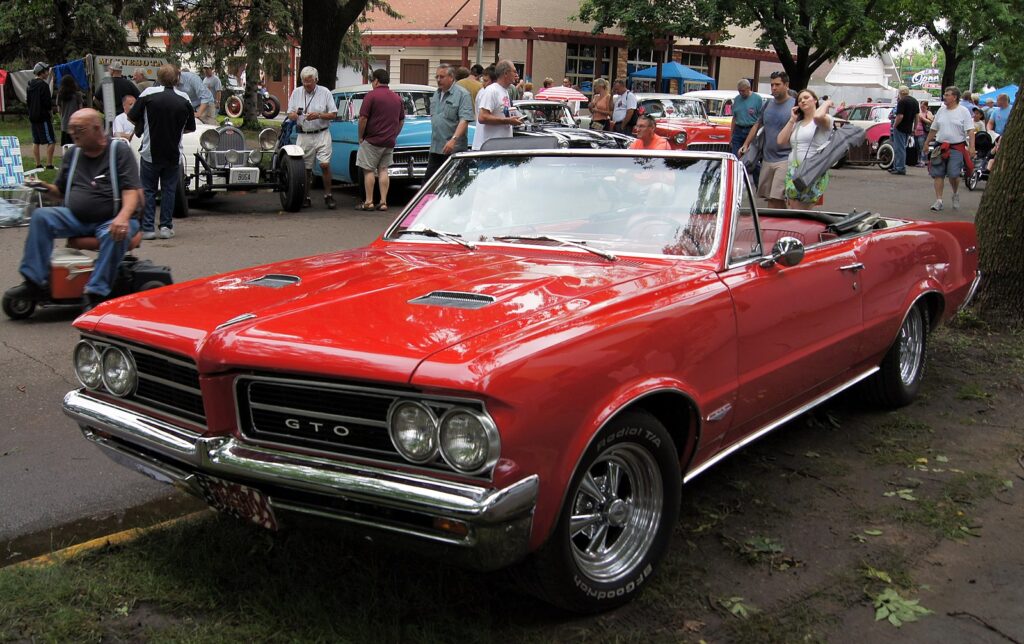
The 1964 Pontiac GTO, which sparked the muscle car era, was initially a high-performance option package for the Pontiac Tempest. The GTO featured a 389 cubic inch V8 engine, delivering exceptional power and performance. Its success inspired other manufacturers to create their own muscle cars, solidifying its place in automotive history.
Movie Star
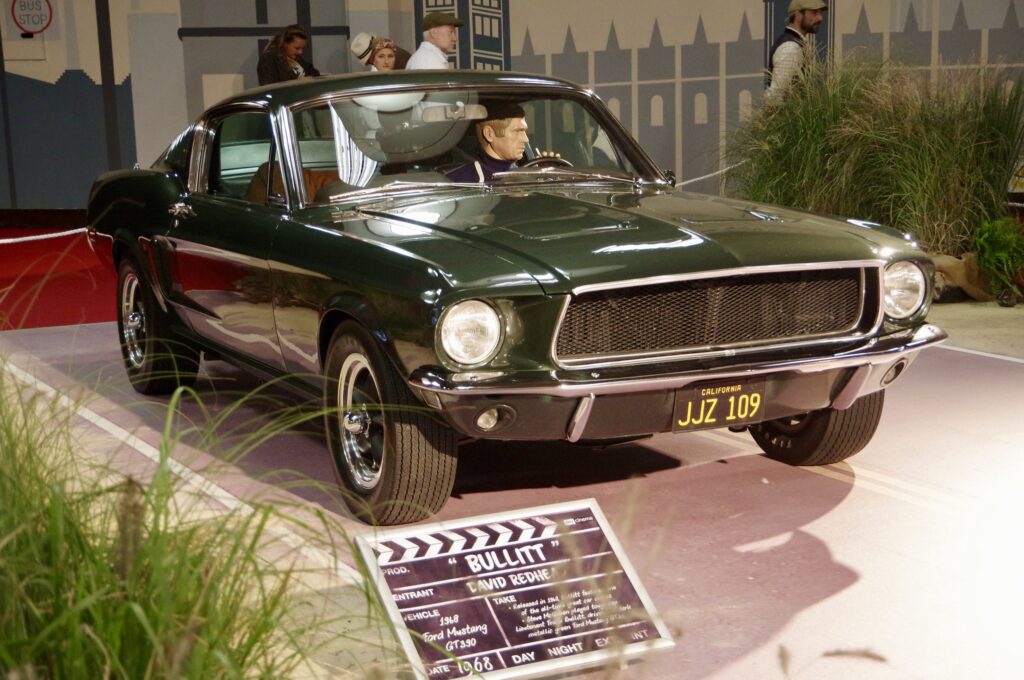
The 1968 Ford Mustang GT fastback driven by Steve McQueen in “Bullitt” became an iconic symbol of muscle car culture. Its role in the famous car chase scene showcased the Mustang’s performance and handling capabilities, cementing its status as a classic muscle car legend.
Underrated Power
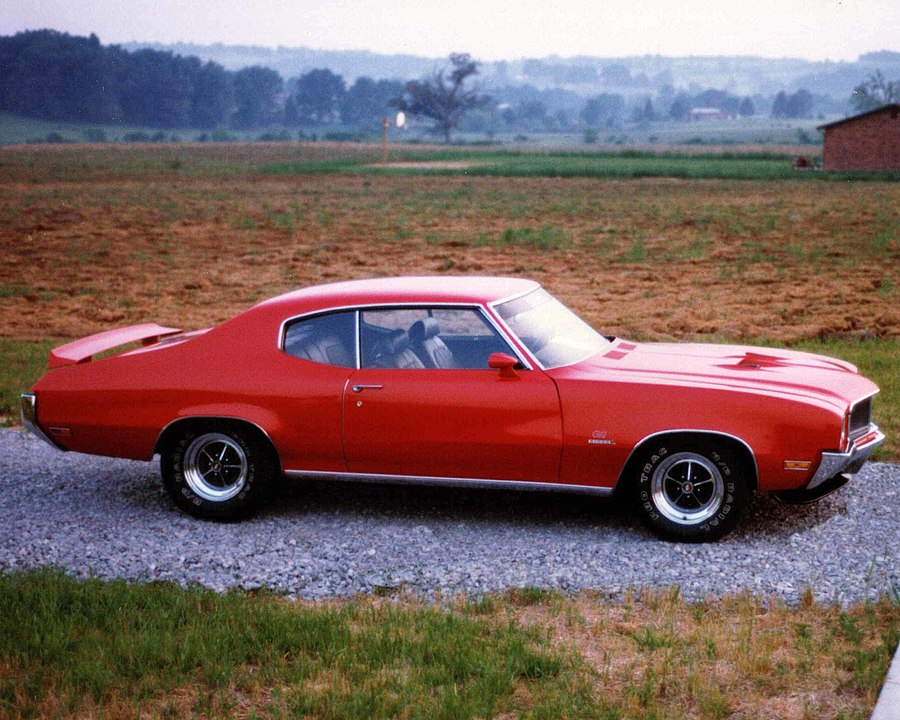
The 1970 Buick GSX Stage 1 was underrated at 360 horsepower, but it actually produced around 400 horsepower. The GSX Stage 1 featured a 455 cubic inch V8 engine and was known for its exceptional torque and acceleration. Its understated power made it a sleeper hit among muscle car enthusiasts.
Production Controversy
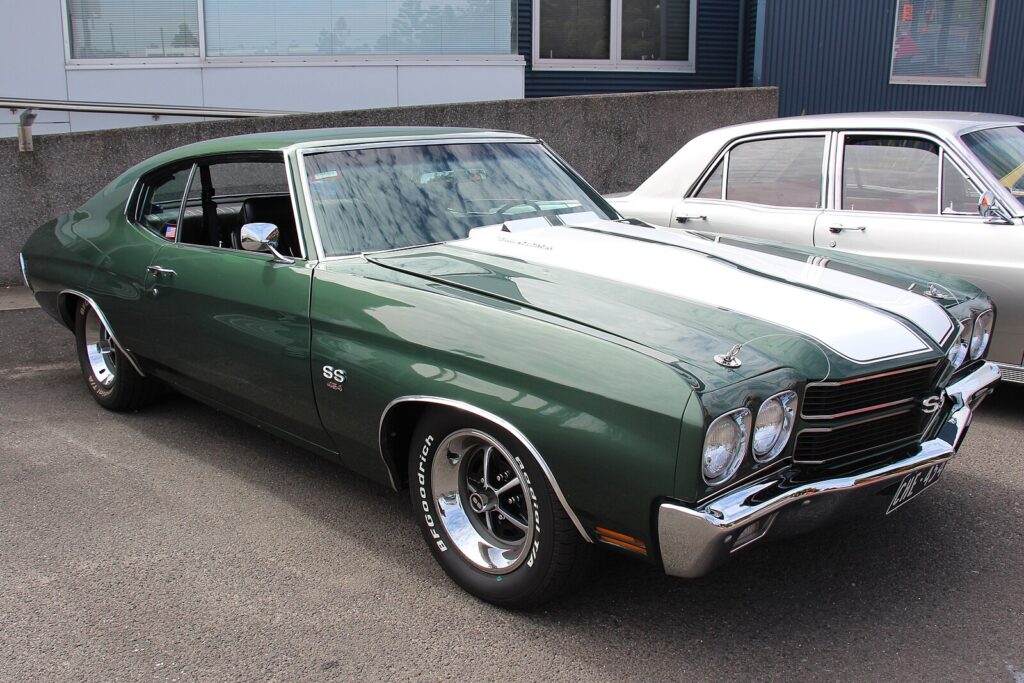
The 1970 Chevrolet Chevelle SS 454 LS6 was advertised with a 450 horsepower engine, but many believe it was closer to 500 horsepower. This discrepancy added to the car’s mystique and appeal, making it one of the most desirable muscle cars of its era. The LS6 engine remains a benchmark for high-performance engines.
End of an Era
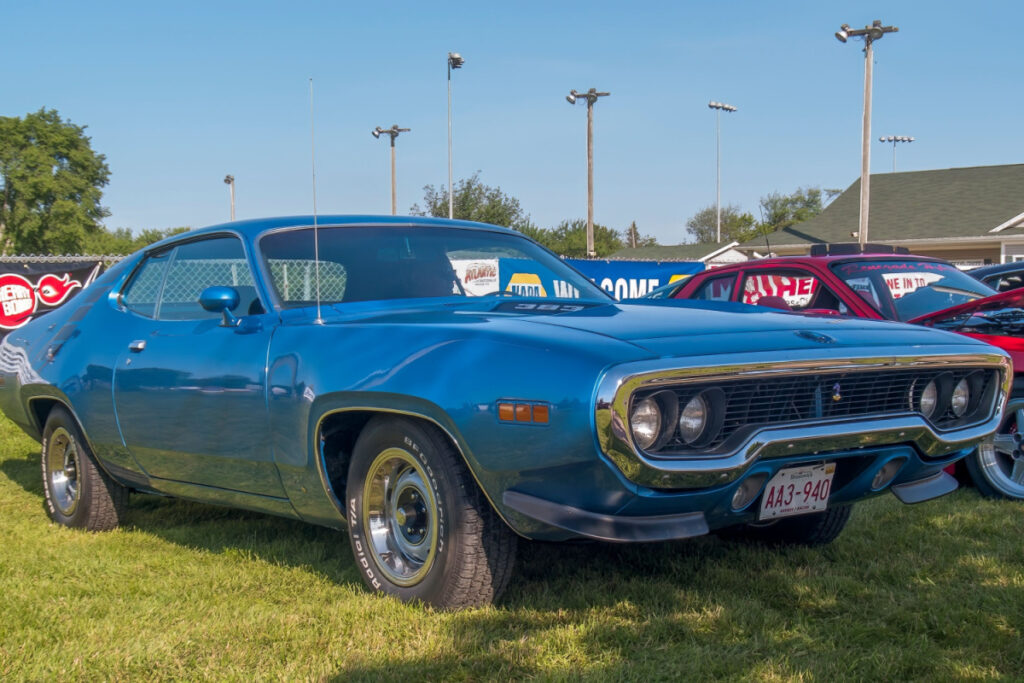
The 1971 Plymouth Road Runner was one of the last muscle cars to feature high horsepower before emissions regulations took effect. Equipped with a 426 Hemi V8 engine, the Road Runner delivered impressive performance. Its production marked the end of the golden age of muscle cars, as stricter regulations changed the industry landscape.
Special Edition
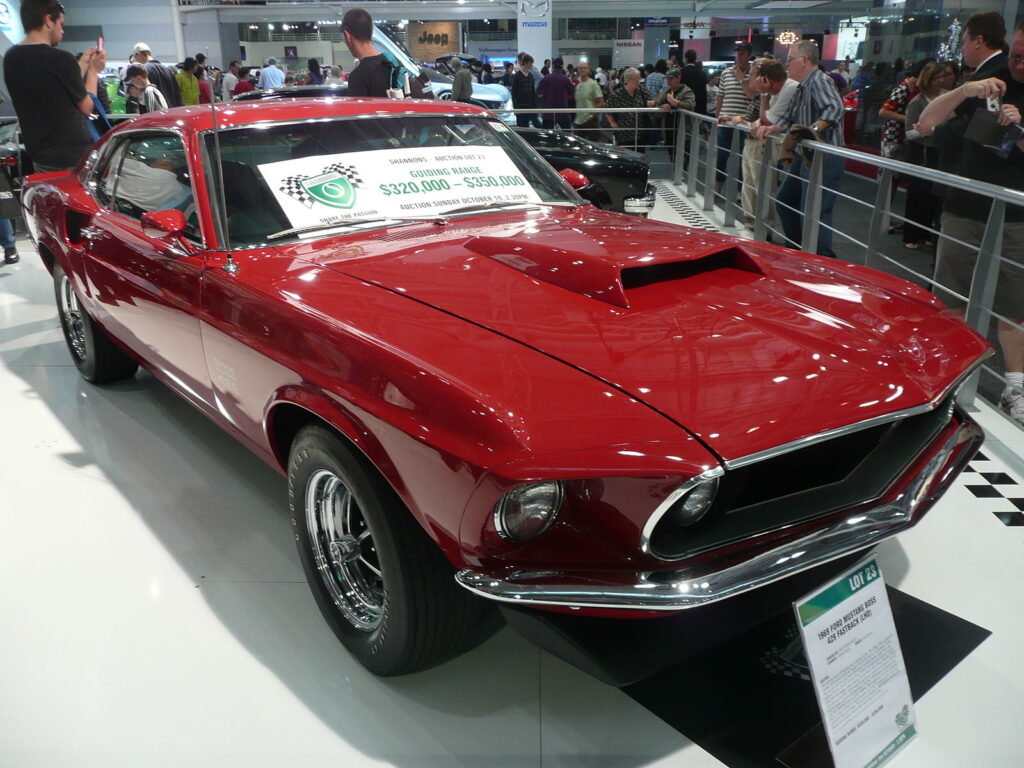
The 1969 Ford Mustang Boss 429 was built to meet NASCAR homologation requirements, with only 1,358 units produced. It featured a 429 cubic inch V8 engine and was designed for high-speed performance. The Boss 429’s rarity and racing heritage make it a highly coveted classic muscle car.
Rare Combination
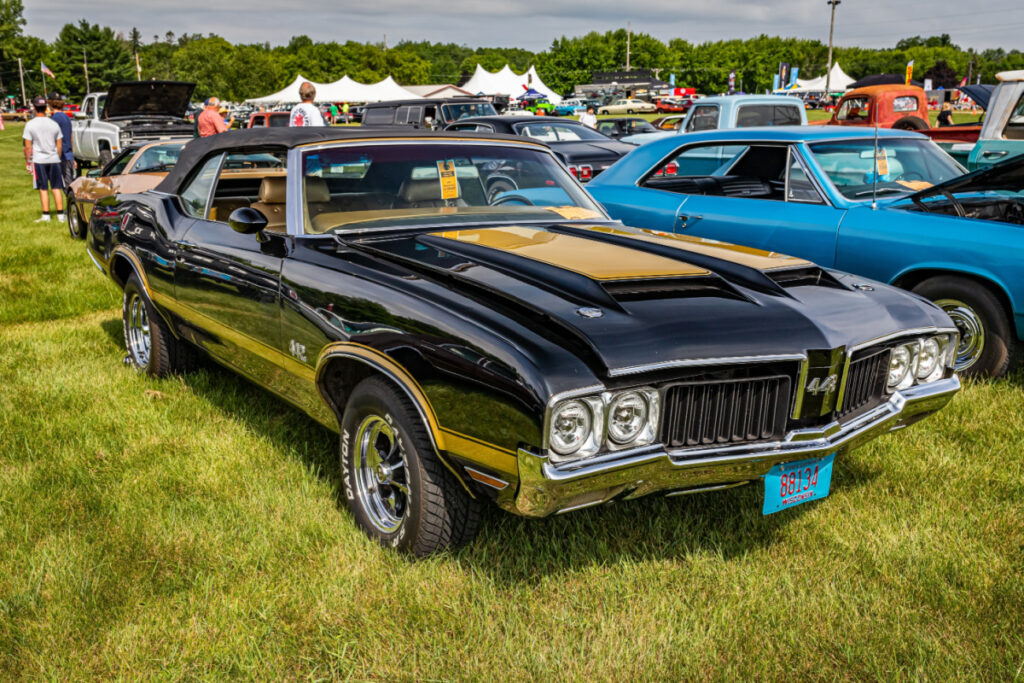
The 1970 Oldsmobile 442 W-30 convertible is extremely rare, with only 96 units built. It featured a 455 cubic inch V8 engine and the W-30 performance package, making it one of the most powerful and desirable Oldsmobiles ever produced. Its rarity and performance capabilities make it a standout in muscle car history.
Engine Innovation
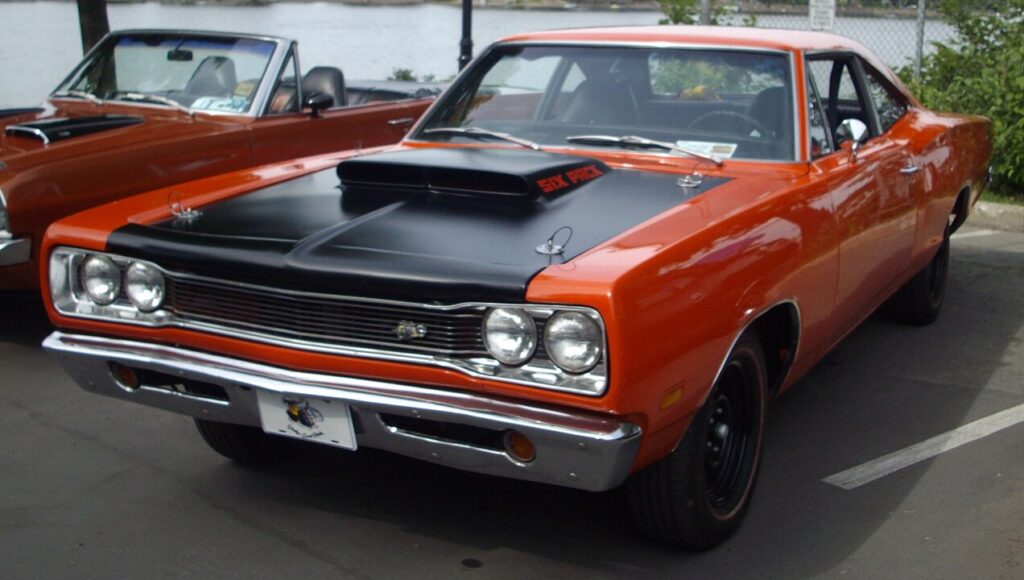
The 1969 Dodge Super Bee Six Pack introduced the triple two-barrel carburetor setup, boosting performance significantly. The 440 cubic inch V8 engine with the Six Pack configuration delivered exceptional power and acceleration. This innovation made the Super Bee a formidable competitor on the drag strip and a favorite among enthusiasts.
Racing Heritage
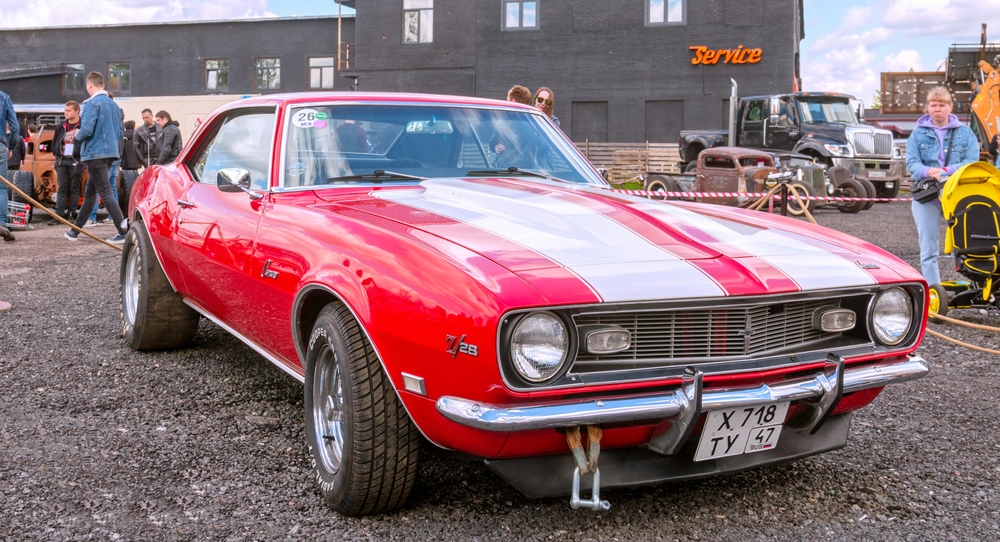
The 1968 Chevrolet Camaro Z/28 was designed specifically for Trans-Am racing and featured a high-revving 302 cubic inch V8. Its lightweight design and powerful engine made it a dominant force on the race track. The Z/28’s racing pedigree and performance capabilities solidified its place in muscle car history.
Limited Edition
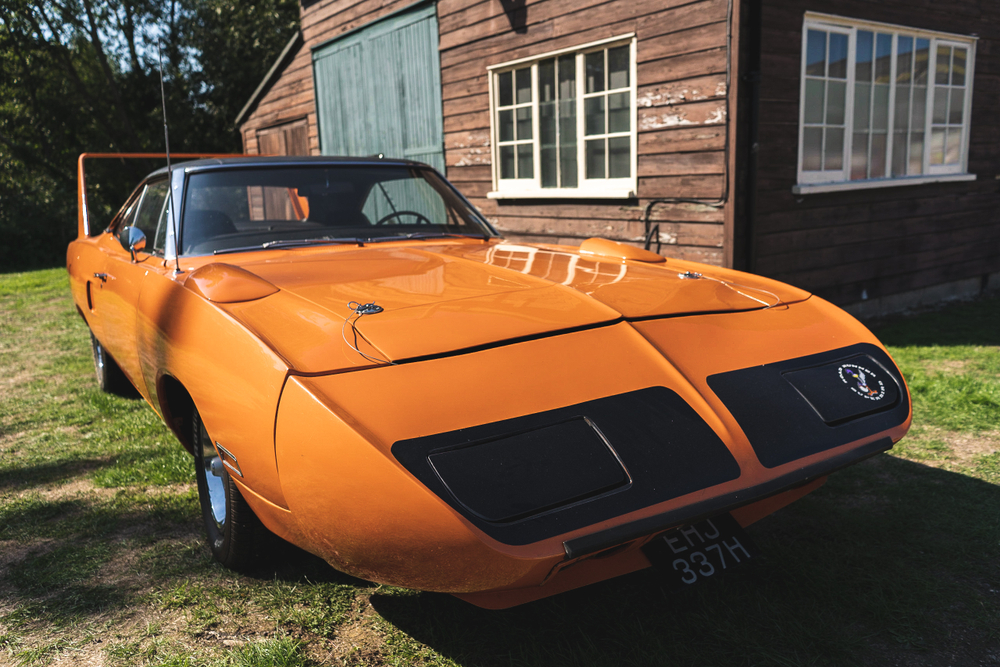
The 1970 Plymouth Hemi Superbird was a limited production model designed for NASCAR, with only 1,935 units made. Its distinctive aerodynamic design, including a large rear wing and nose cone, improved high-speed stability. Powered by a 426 Hemi V8 engine, the Superbird’s unique design and performance make it a standout classic muscle car.
Aero Wars
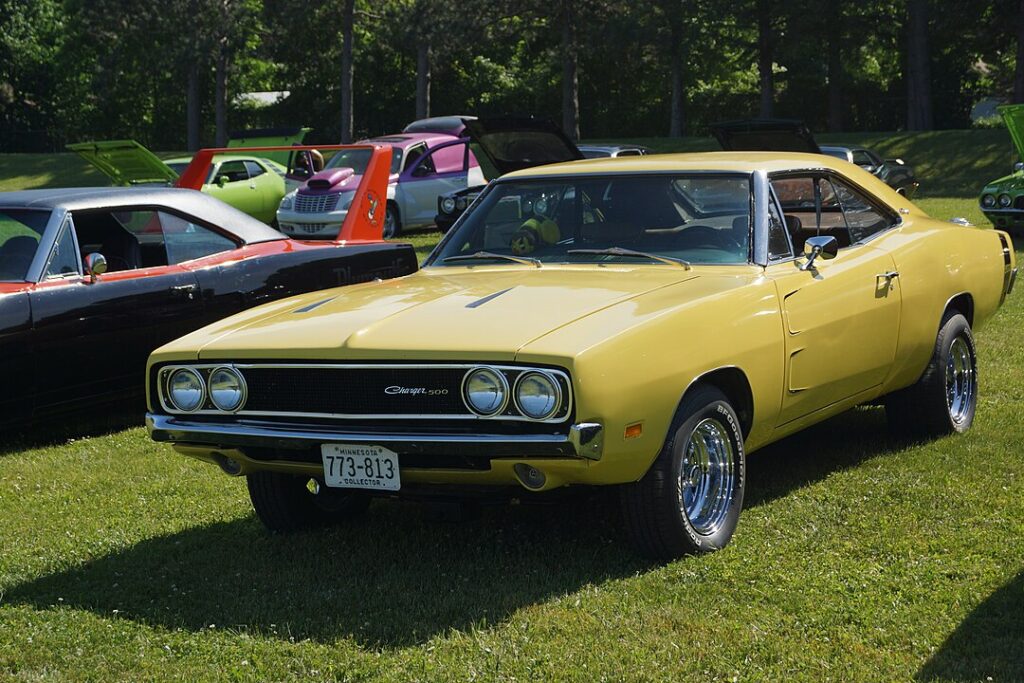
The 1969 Dodge Charger 500 was part of the “aero wars” in NASCAR, designed for better aerodynamics and speed. It featured a flush grille and a flush rear window to reduce drag, improving its performance on the race track. The Charger 500’s aerodynamic innovations contributed to its racing success and legacy.
Iconic Look
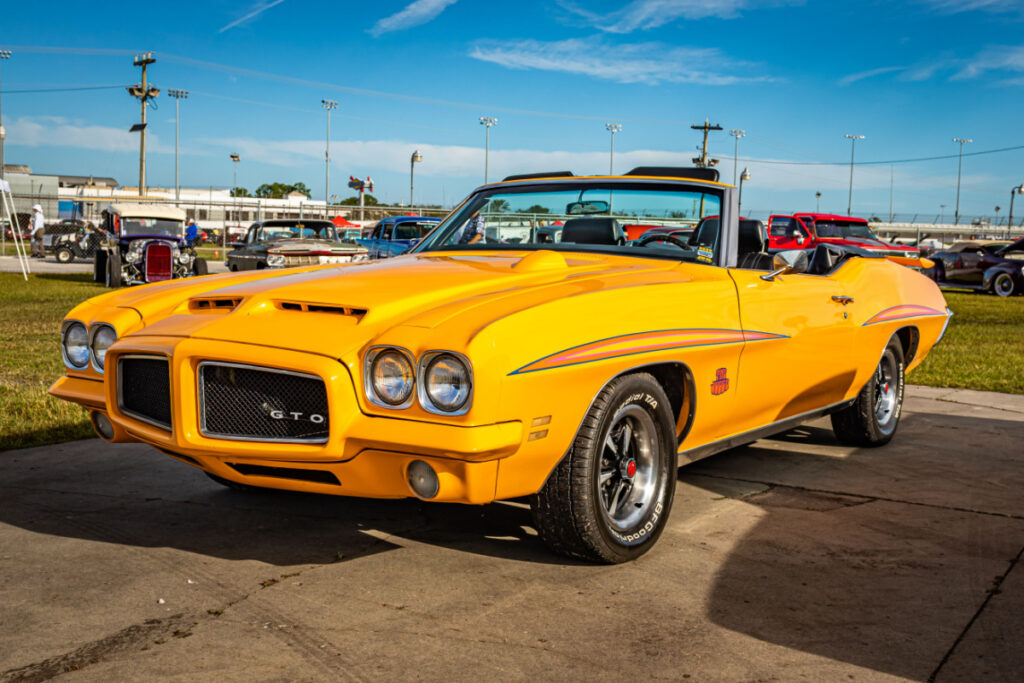
The 1971 Pontiac GTO “Judge” featured a distinctive look with its bold graphics and unique color options. The “Judge” package included a Ram Air III or IV engine, delivering impressive power and performance. Its eye-catching design and performance capabilities made it an icon of the muscle car era.
Performance Package
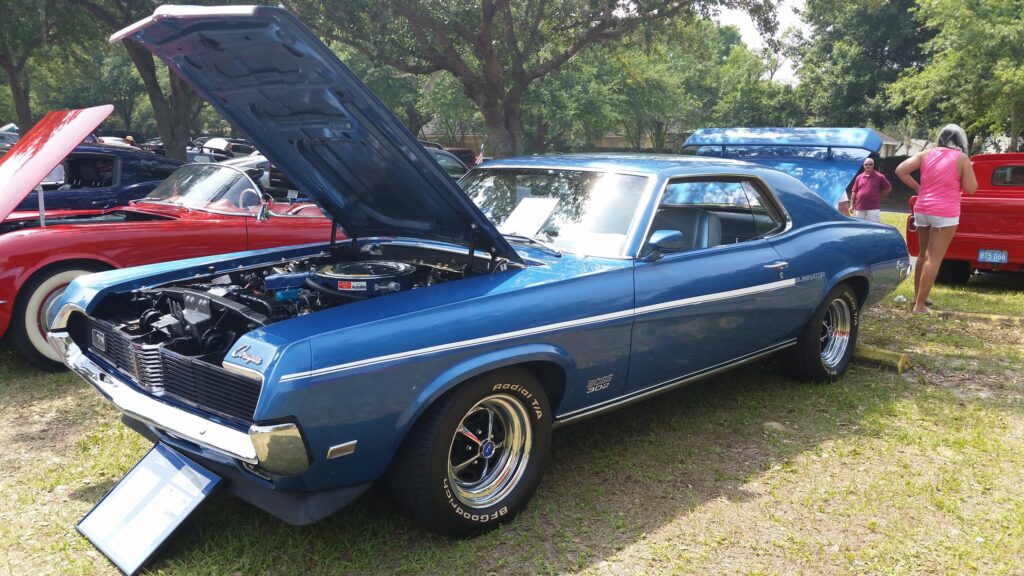
The 1969 Mercury Cougar Eliminator was a performance package that included a powerful V8 and unique styling cues. The Eliminator featured a 351 cubic inch V8 engine and aggressive design elements, making it a formidable competitor on the road. Its performance and distinctive appearance make it a notable classic muscle car.
Experimental Engine
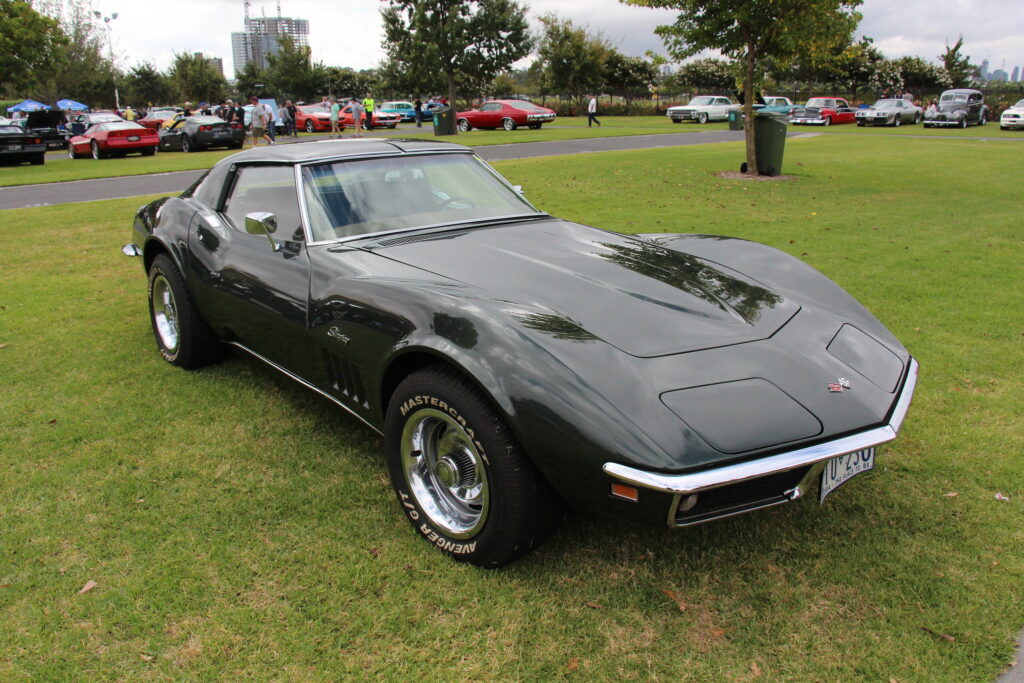
The 1969 Chevrolet Corvette ZL1 was equipped with an all-aluminum 427 cubic inch V8, making it incredibly lightweight and powerful. Only two units were produced, making it one of the rarest Corvettes ever. The ZL1’s experimental engine and limited production add to its allure and significance in muscle car history.
Luxury Muscle
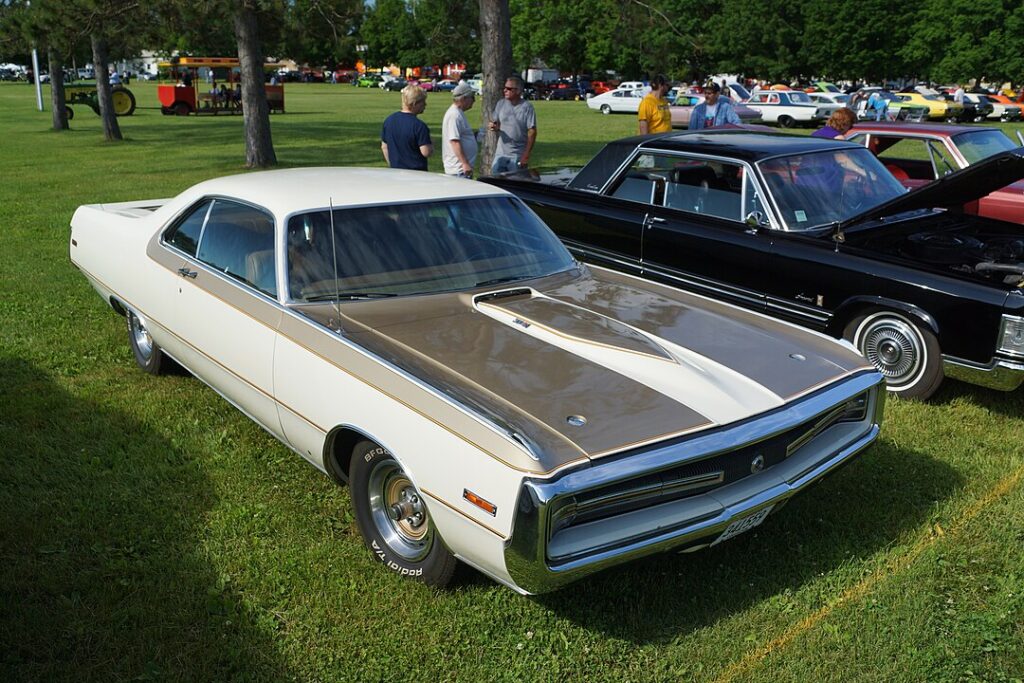
The 1970 Chrysler 300 Hurst combined luxury features with muscle car performance, featuring a powerful 440 cubic inch V8. The Hurst edition included special styling elements and performance upgrades, making it a unique blend of luxury and power. Its distinctive combination of features sets it apart in the muscle car world.
This article originally appeared in MyCarMakesNoise.
More from MyCarMakesNoise
14 of Ford`s Most Influential Trucks and Their Evolution

Ford has a long history of producing some of the most iconic and influential trucks in the automotive world. From the rugged workhorses of the early 20th century to today’s advanced, high-performance models, Ford trucks have continually evolved to meet the changing needs of drivers. Read More
20 Sleekest Modern Sports Cars on the Market

If you’re a car enthusiast or just love the thrill of high-speed performance, you’ll appreciate our list of the 20 sleekest modern sports cars on the market. These cars combine cutting-edge technology, breathtaking design, and powerful engines to deliver an unparalleled driving experience. Read More
20 Transformative Technologies in Commercial Aviation

Commercial aviation is evolving rapidly, thanks to groundbreaking technologies that are transforming the industry. From sustainable fuels to advanced air traffic management, these innovations are making air travel safer, more efficient, and environmentally friendly. Read More



